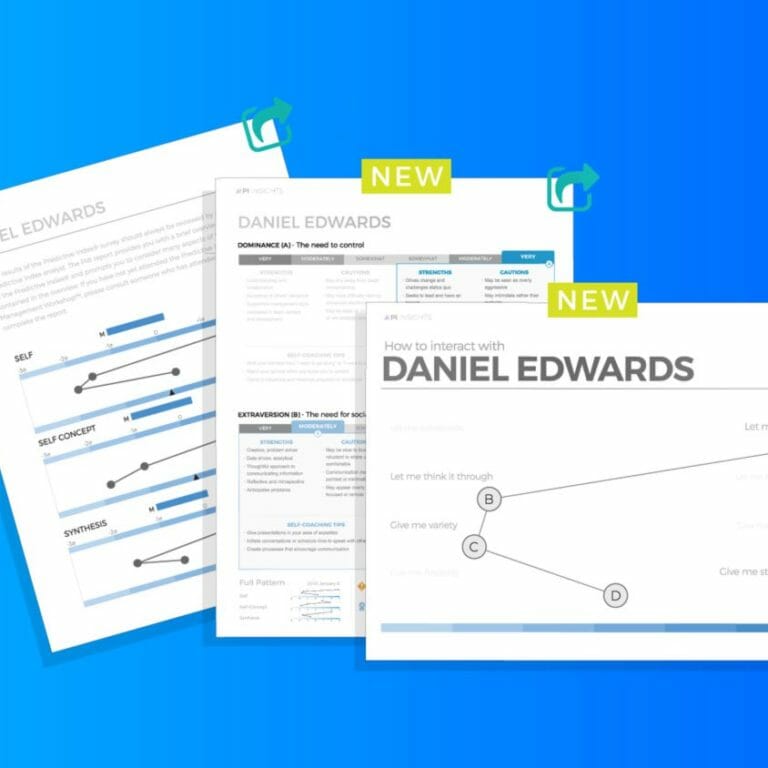
Six questions you should ask a candidate’s references
For a more objective and candid view of candidates, look to these six questions when reaching out to references.


The Magnificent 7: Must-have management skills for new leaders, Part 1 – Communication
Manage with confidence with these tips for first-time supervisors

The power of the PI Personal Development Chart and how it can transform your business
By Elsbeth McSorley
The truth about open office work environments
Before you go ditching your cubicle for an open office floor plan, look to these pros and cons.

Work hard, sleep harder: Learn how sleep helps employees be more productive
People aren’t getting enough sleep these days. The National Sleep Foundation says that the typical working adult aged 26-64 needs at least seven to nine hours of sleep per night, but most people get far less shut-eye, whether because of an early commute or staying up late to get personal tasks done before bed. While…

10 tips to make staff meetings as effective as possible
Staff meetings may be a dreaded corporate norm, but effective team meetings have the potential to improve your company’s productivity if managed correctly.


How to get buy-in when implementing a new workplace technology
If you’re implementing new technology in your workplace, you want the rollout to go as smoothly as possible — which means getting buy-in from the employees who will use the technology. Most employees understand that in the modern workplace, technological change happens continually. But implementing new technologies still can cause problems for workers, who must…

8 tips on how to best interact with your team members
A supervisor’s worst nightmare is walking into a team meeting filled with arguing, apathetic, or inconsiderate employees. When a team is dysfunctional, both the company’s culture and bottom line suffer. Successful teams are made of members who are purposeful in their interactions, mindful of behavioral differences, and try to communicate effectively with each other. It’s…

Why we created PI Insights: Q&A with Daniel Muzquiz, President of The Predictive Index
Read More

